Why an Emergency Fund is Important
An emergency fund is an essential part of any family’s financial plan. It provides a financial cushion in case of unexpected expenses or loss of income. Having an emergency fund is one of the best ways to protect your family from financial disaster and to ensure that you can weather any storm.
Having an emergency fund is important for several reasons. First, it can help cover unexpected expenses, such as a car repair or medical bills. These expenses can put a strain on a family’s budget and can quickly deplete any existing savings. An emergency fund can help cover these expenses and prevent you from having to take on more debt.
Second, an emergency fund can help protect your family from the effects of a job loss. When one or both parents lose their job, the family’s income can be cut in half or worse. An emergency fund can help tide you over until you find new employment, so you can still pay the bills and keep your family afloat.
Third, an emergency fund can help you take advantage of unexpected opportunities. If you have an emergency fund, you can use it to put a down payment on a house, pay for college tuition, or start a business. Without an emergency fund, you may miss out on these opportunities.
Finally, an emergency fund can provide you with peace of mind. Knowing that you have a financial cushion in case of an emergency can help you sleep better at night. Instead of worrying about what might happen if you lose your job or have an unexpected expense, you can focus on living your best life.
Building an emergency fund is a smart, practical way to protect your family from financial disaster. It can help cover unexpected expenses, protect you from the effects of a job loss, help you take advantage of opportunities, and provide you with peace of mind. Start building your emergency fund today and take the steps necessary to ensure the financial security of your family.

What is an Emergency Fund?
When it comes to financial preparedness, an emergency fund is one of the most important investments a family can make. An emergency fund is a dedicated savings account that is used to cover unexpected costs or expenses such as medical bills, car repairs, or home repairs. Having an emergency fund can help you and your family protect against financial hardship or even a financial crisis.
An emergency fund is a great way to prepare for unexpected costs or expenses. It’s important to remember that life is unpredictable, so having a financial cushion can help you handle your finances more easily. An emergency fund can help you plan for the future and have peace of mind that you have the resources you need to handle any situation that comes your way.
Having an emergency fund is also a great way to protect yourself from debt. It can provide you with a financial safety net in case you lose your job or have an unexpected expense. With an emergency fund, you won’t have to worry about relying on credit cards or loans to get through a difficult financial situation.
Building an emergency fund is easy and can be done in a few simple steps. First, set a goal for how much money you want to save. This could be a percentage of your salary, a specific dollar amount, or a combination of both. Next, find a way to save the money. You can open a savings account at your bank or credit union, or you can use a money management app to help you save and track your progress.
Once you’ve set your goal, start saving as much as you can. Try to set aside a certain amount of money each month and stick to it. Even if it’s just a few dollars a week, the savings will add up over time. You can also look for ways to save money in your day-to-day life by taking advantage of discounts and coupons, or by cutting back on unnecessary expenses.
Having an emergency fund can provide you and your family with peace of mind and financial security. It can help you avoid debt and handle unexpected expenses without having to worry about where the money will come from. Building an emergency fund is a great way to prepare for the future and protect your family from financial insecurity.
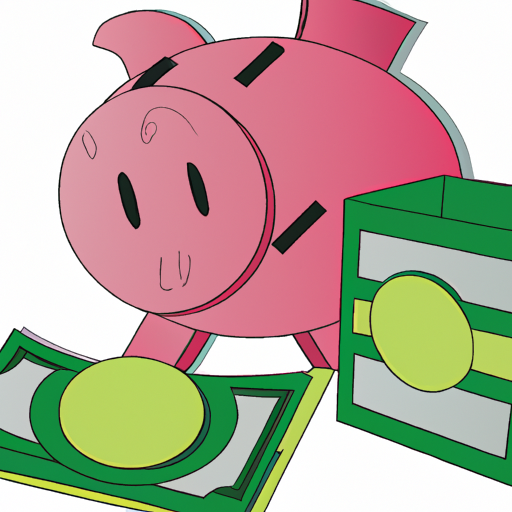
How to Build an Emergency Fund
When it comes to financial security, having an emergency fund is one of the most important steps you can take to protect yourself and your family. An emergency fund is an account that contains money set aside for unexpected expenses such as medical bills, home repairs, job loss, or other emergencies. Building an emergency fund can help you and your family when an unexpected event or expense arises, ensuring you have the resources you need to cover the cost.
Creating an emergency fund is not difficult, but it does require some planning and commitment. First, it is important to identify how much money you will need to set aside and how you will save it. A good rule of thumb is to have enough money saved to cover three to six months of living expenses. This will give you enough money to cover unexpected costs, as well as provide a cushion in case of job loss or other income disruption.
Next, you will need to decide where to save your emergency fund. Savings accounts are a great option, as they are insured by the FDIC and offer higher rates of return than checking accounts. You may also want to consider opening a money market account, which allows you to earn higher rates of interest than a regular savings account. Additionally, you may want to consider investing in certificates of deposit (CDs) to help grow your emergency fund.
Once you have identified your savings goals and chosen the best account for your emergency fund, you can begin setting up a savings plan. Start by setting up automatic transfers from your checking account to your savings account or CD. This will help you stay on track with your savings goals and ensure you are consistently contributing to your emergency fund. Additionally, you can set up a budget and track your spending to make sure you have enough money left over to contribute to your emergency fund each month.
Finally, it’s important to remember that emergency funds are meant to be used sparingly. When an emergency arises, it’s important to use the money in your fund wisely and only when absolutely necessary. This will help ensure your emergency fund is there when you need it most.
Having an emergency fund can help provide peace of mind and provide financial security for you and your family. By taking the time to identify your savings goals and create a savings plan, you can ensure your emergency fund is there to protect you and your family when you need it most.
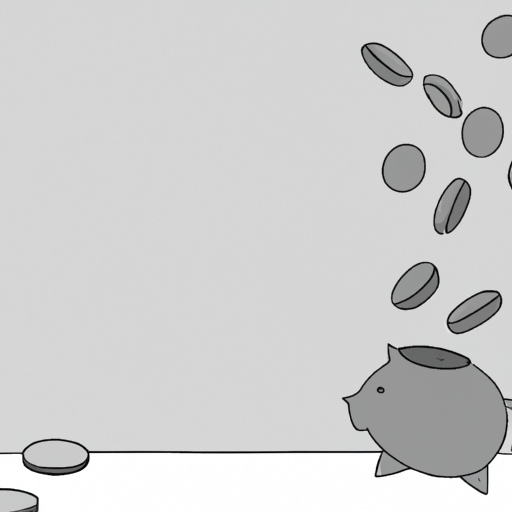
Where to Put Your Emergency Fund
When it comes to building an emergency fund for your family, it’s important to consider where to put your money so that it’s easily accessible in case of an emergency. There are several options available, each with its own advantages and disadvantages, and it’s important to make sure you choose the best option for your family.
The first place to consider is a high-interest savings account. This is an excellent option if you’re looking to earn some interest on your emergency fund, as the interest rates are usually higher than those of regular savings accounts. Additionally, the funds are usually FDIC-insured, meaning your money is safe no matter what.
Another option is a money market account. This is a great choice if you want to be able to access your money quickly when you need it. Money market accounts usually have higher interest rates than regular savings accounts, and they often offer check-writing privileges, so you can make withdrawals when you need them.
A third option is a certificate of deposit (CD). CDs are a great way to earn a higher rate of return on your emergency fund, but they typically require that you keep your money in the account for a certain period of time. CDs are a great option if you’re able to commit to keeping your money in the account for an extended period, but if you think you may need to access the money in a shorter amount of time, you may want to consider another option.
Finally, you could also choose to invest your emergency fund. This is a great option if you’re willing to take on a bit more risk, as the potential return can be much higher than with other options. However, it’s important to remember that there is also a greater chance of losing your money if you invest, and you should only invest if you’re comfortable with the risk.
No matter which option you choose, it’s important to make sure you have an emergency fund in place for your family. This will help ensure that you and your family are prepared for any unexpected expenses that may come your way. It can also help provide you and your family with peace of mind, knowing that you have something to fall back on if needed.
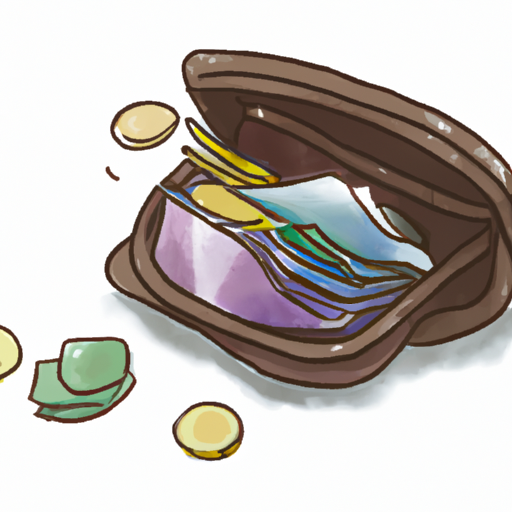
Where to Get Started with Your Emergency Fund
When it comes to building an emergency fund for your family, the best place to start is to get organized. Taking the time to sit down and organize your financial situation will be beneficial in the long run. It’s important to figure out where you’re at financially, so you can accurately measure your progress as you build your emergency fund.
To begin, start by taking a detailed look at your income and expenses. Make a list of your income sources, such as your salary, investments, social security, or any other sources of income. Then, make a list of all your expenses, such as rent or mortgage payments, groceries, utilities, car payments, and any other expenses you have. Once you have a breakdown of your income and expenses, you’ll be able to determine how much you can realistically save each month.
Now that you know how much you’re able to set aside each month, the next step is to determine where your emergency fund should be stored. A high-yield savings account is an excellent option, as it’s both secure and accessible. You can also consider investing in a money market fund, or even a certificate of deposit. Just remember, the goal is to have access to your money in case of an emergency.
When it comes to building up your emergency fund, it’s important to be consistent. Set up a plan that works for you and stick to it. For example, you might decide to set aside a certain amount of money each week or month, or you might even set up an automatic transfer from your checking account to your savings account. Regardless of the strategy you choose, the key is to be disciplined and consistent in your savings.
Finally, it’s important to review your emergency fund regularly. Keeping track of your progress and setting goals will help keep you motivated and on track. Make sure that your emergency fund is growing at a steady pace and that you’re still able to meet all of your other financial obligations.
Building an emergency fund can be a daunting task, but taking the time to get organized and set goals can help make the process easier. By taking the time to review your income and expenses and determine where your savings should be stored, you’ll be well on your way to creating a secure financial future for you and your family. With a little discipline and a plan, you can easily start building an emergency fund that will give you peace of mind and financial security for years to come.
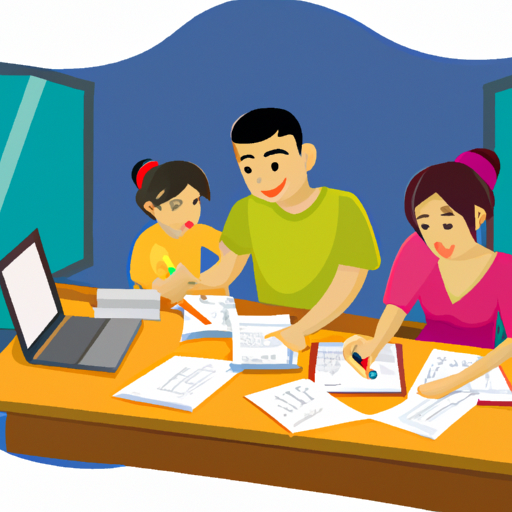
Important Rules to Follow with an Emergency Fund
When it comes to managing your family’s finances, an emergency fund is an essential component. It’s important to make sure you have something set aside for unexpected expenses or a sudden loss of income. But how do you build an emergency fund? Here are some important rules to follow to create a successful emergency fund for your family.
First, you should determine how much money you need to save for an emergency fund. This amount should be based on your family’s income and spending habits. For most families, a good goal is to save three to six months of living expenses. This will allow you to cover unexpected costs without having to dip into other savings or take on debt.
Second, make it a priority to save for your emergency fund. This can be done by setting aside a certain amount of money each month, or putting any extra income towards the emergency fund. To ensure you stick to the plan, set up automatic transfers from your checking account to your savings account.
Third, you’ll need to determine where to keep your emergency fund. It’s important to have easy access to the funds in case of an emergency, but you also want to make sure your money is safe. You should look for a savings account with a reputable financial institution that offers a high interest rate and FDIC insurance.
Fourth, you should review your emergency fund regularly. This will help you stay on track with your goal and make sure you’re on the right path. You should also make sure to update your emergency fund if your family’s financial situation changes.
Fifth, it’s important to be disciplined and stay focused on the goal. It can be tempting to dip into the emergency fund for non-emergency purchases, but it’s important to remember this is money you are setting aside for unexpected expenses.
Finally, don’t forget to include other family members in the emergency fund process. If your children are old enough, they can help contribute to the emergency fund or learn to manage it. This will help teach them valuable lessons on budgeting and financial responsibility.
Building an emergency fund is an important step in managing your family’s finances. By following these rules, you can create a successful emergency fund that will help you cover unexpected costs and protect your family’s financial security.
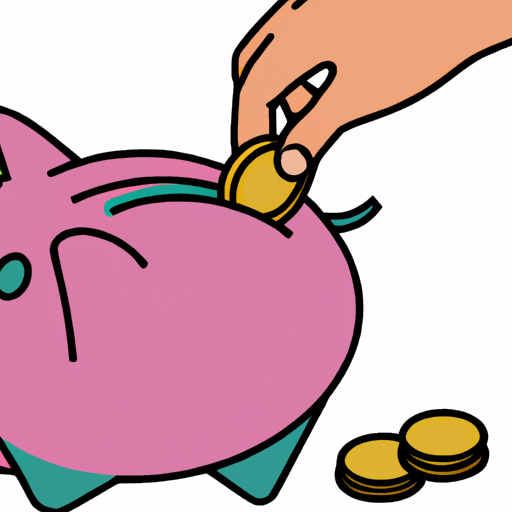
What to Avoid when Building an Emergency Fund
When it comes to building an emergency fund for your family, there are a few important things to keep in mind. Unfortunately, there are some common mistakes that can derail even the best-laid plans. Knowing what to avoid is just as important as knowing what to do when it comes to creating a solid emergency fund for your family.
First and foremost, it’s important to avoid the temptation of dipping into your emergency fund for anything other than its intended purpose. Your emergency fund should be used for unexpected and unforeseen expenses related to an emergency such as a job loss or a medical condition. It’s not meant to cover vacations, luxury items, or to be used as a replacement for your regular savings account. It’s also important to avoid using any form of debt to finance your emergency fund. If you need to borrow money to cover an emergency, you shouldn’t be using your emergency fund to do so.
Another mistake to avoid is neglecting to build up your emergency fund. It’s easy to fall into the trap of thinking that you don’t need an emergency fund or that you can’t afford to save for one. It’s important to remember that any amount you can save can come in handy when you least expect it. The best way to get started is to set a goal and start making small, consistent deposits into an emergency fund account.
Finally, it’s important to avoid putting all your eggs in one basket when it comes to building an emergency fund. Even if you have a large amount of money in one account, you may not be able to access it quickly in the event of an emergency. It’s important to diversify your emergency fund so that you have easy access to funds when you need them. This may mean having some of your money in a savings account, some in a money market account, some in a certificate of deposit, and some in an emergency fund account.
Creating an emergency fund for your family is a great way to ensure that you’re prepared for any unexpected expenses that may arise. Knowing what to avoid when building your emergency fund can help ensure that you’re successful in your efforts. By avoiding the temptation to dip into your emergency fund for anything other than an emergency, avoiding any form of debt to finance your emergency fund, setting a goal and building up your emergency fund gradually, and diversifying your emergency fund, you’ll be well on your way to having a solid emergency fund that can help you get through tough times.

Tips for Maintaining an Emergency Fund
When it comes to protecting your family’s financial security, building an emergency fund should be a top priority. An emergency fund is a savings account that you can tap into during unexpected financial hardship. It is important to build and maintain an emergency fund so you and your family can weather any unexpected expenses. Here are a few tips to help you start and maintain your emergency fund.
First and foremost, identify your emergency fund goals. Determine how much money you need to set aside each month to reach your emergency fund goal. If you’re just starting out, you may need to set aside a small amount each month. As your emergency fund grows, you can increase the amount you’re putting away.
Once you’ve identified your goals, decide where to put your money. Consider opening a savings account specifically for your emergency fund or invest in a money market or mutual fund. Make sure you select an account that is FDIC-insured and offers a competitive rate of return so your money can grow.
Next, create a budget and stick to it. Take a look at your income and expenses to see where you can cut back or adjust spending. This will help you determine how much money you can put into your emergency fund each month. Track your spending to make sure you stay on budget and are able to meet your emergency fund goals.
Finally, automate your savings. Set up an automatic transfer each month so that a designated amount of money is transferred to your emergency fund. This will help ensure that you are consistently funding your emergency fund and that your money is secure.
Creating and maintaining an emergency fund is a great way to secure your family’s financial future. The key is to set realistic goals, track your spending, and automate your savings. With the right planning and commitment, you can ensure that your family is protected from unexpected financial hardships.

How to Use Your Emergency Fund
Creating an emergency fund for your family can be a great way to prepare for unexpected expenses, support financial stability, and promote peace of mind. Knowing that you have a cushion of funds to rely on in times of difficulty can be a great comfort. But how can you best use your emergency fund to maximize its potential?
The primary purpose of an emergency fund is to provide a buffer against unexpected costs and financial emergencies. This means that you should not use your emergency fund to finance large purchases that you had already planned for. For example, you should not withdraw funds from your emergency fund to pay for a new car or a home renovation. Instead, the fund should be used for unexpected costs such as medical bills, home repairs, or job loss.
When it comes to using your emergency fund, it’s important to be mindful and to practice financial discipline. The goal is to ensure that your emergency fund always has enough funds to cover potential expenses. To do this, you should create a budget for your emergency fund that takes into account your family’s income, expenses, and savings goals. This will help you determine how much you should contribute to your emergency fund each month and help you stay on top of your finances.
When you are faced with an unexpected expense, it’s important to evaluate the situation and assess whether you should use your emergency fund. Consider the cost of the expense, the time frame, and the risk involved. For example, if you have a medical emergency, it’s likely wise to use your emergency fund to cover the cost. On the other hand, if you need to replace a broken appliance, it could be smarter to save up for the expense over time.
It’s also important to consider the long-term financial implications of using your emergency fund. When deciding whether or not to use your emergency fund, consider the effect it will have on your long-term financial goals. For example, if you are saving for retirement, you may want to forego using your emergency fund in certain situations.
Finally, it’s important to replenish your emergency fund when you use it. When the time comes to replenish your fund, make sure you are contributing enough to cover potential future expenses. You can do this by gradually increasing your monthly contributions or by setting aside any extra income that comes your way.
Building an emergency fund can be a great way to prepare for unexpected expenses and ensure financial stability for your family. The key to making the most of your fund is to practice financial discipline, be mindful when using it, and to always replenish it when you use it. With these tips, you can use your emergency fund to its fullest advantage and feel confident that you and your family are prepared for the future.


